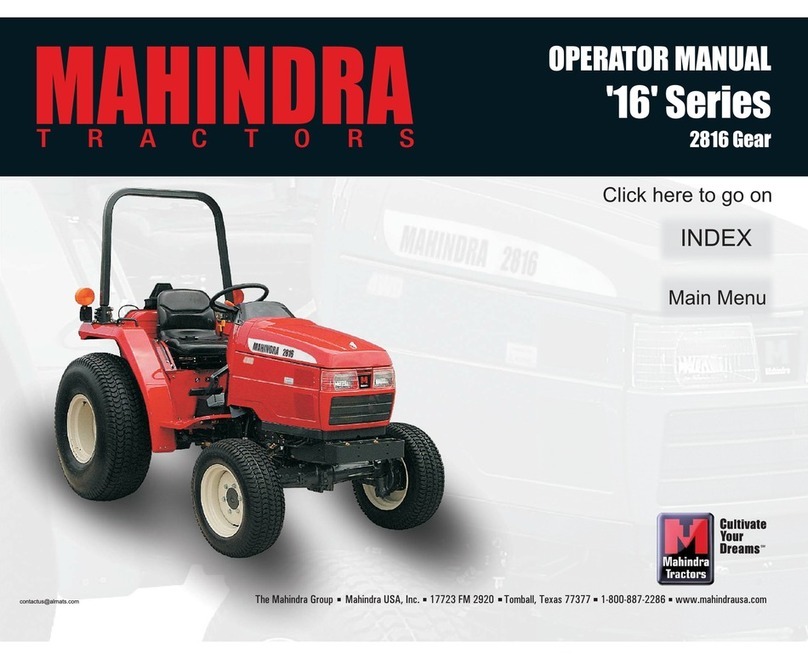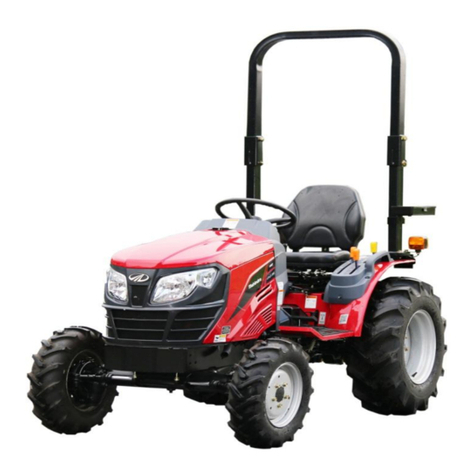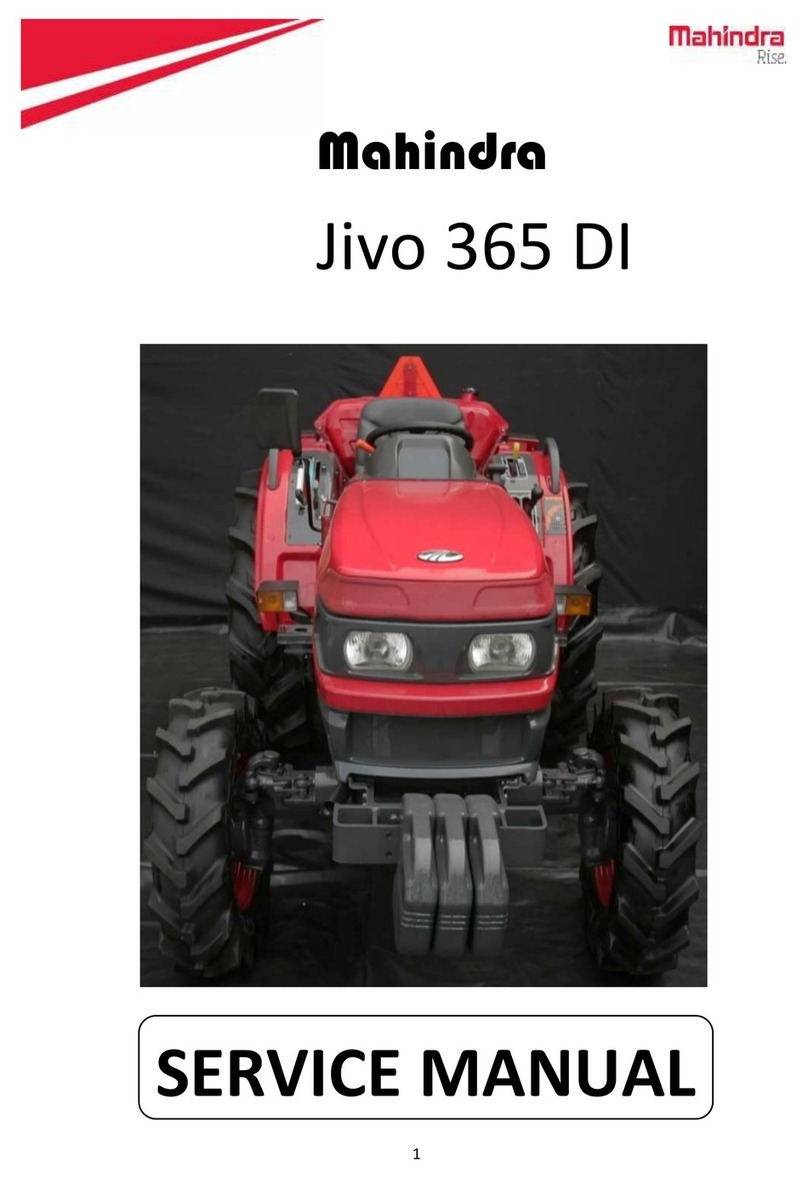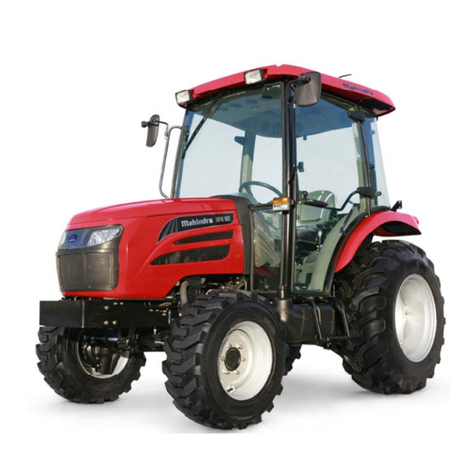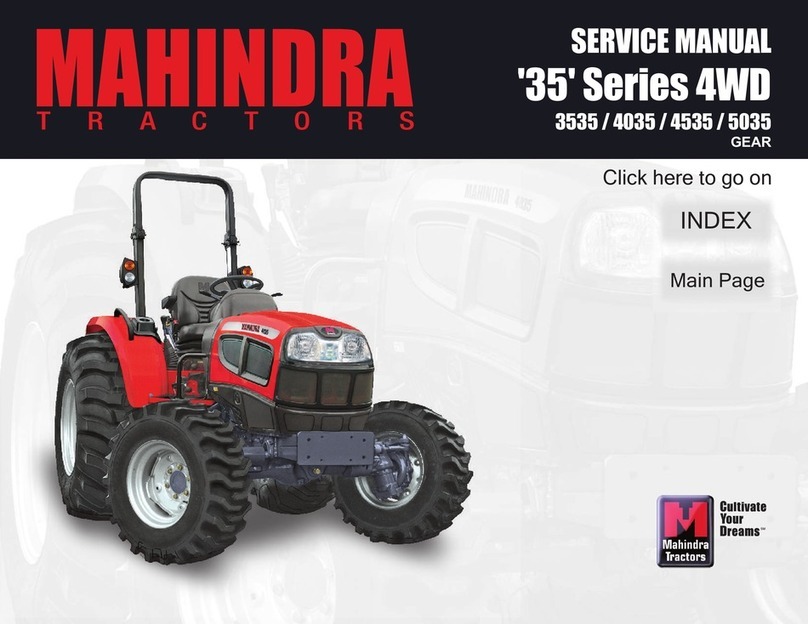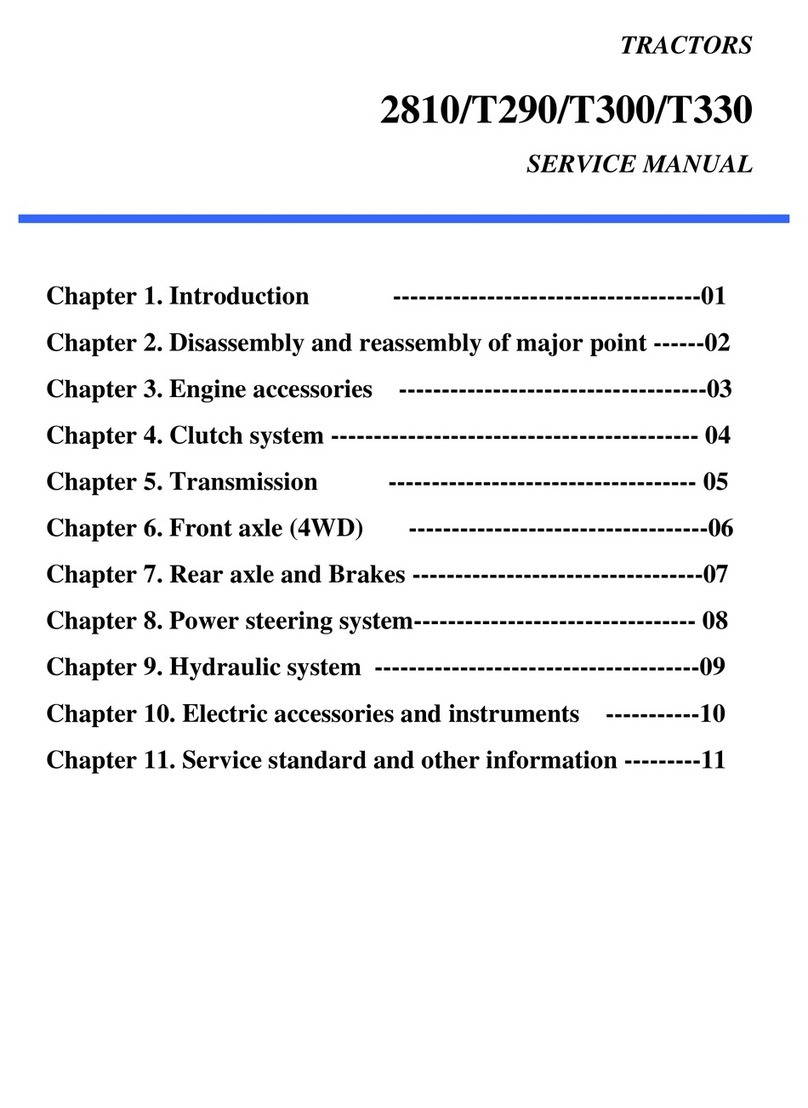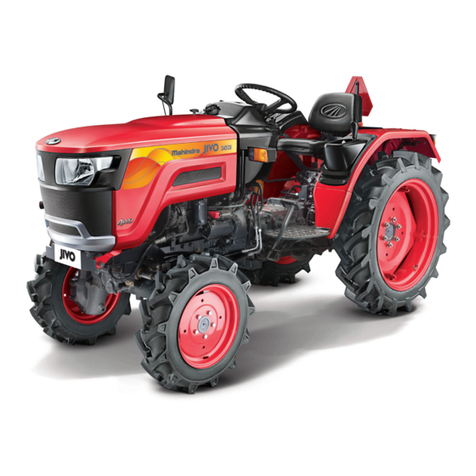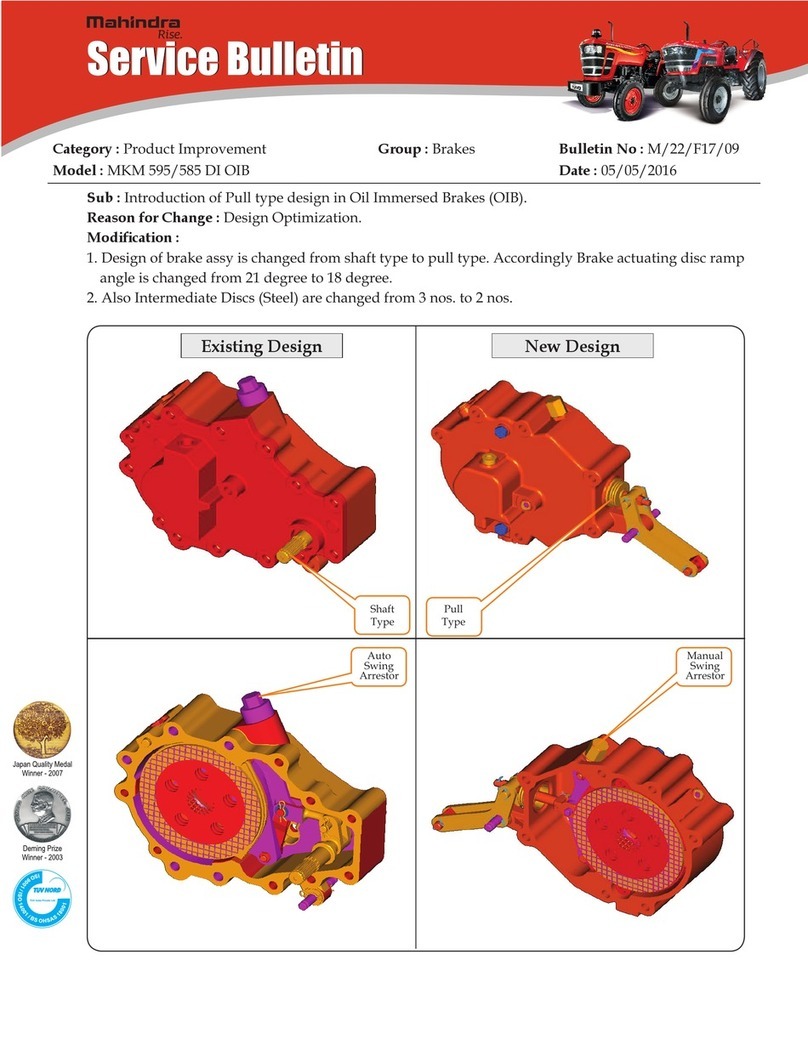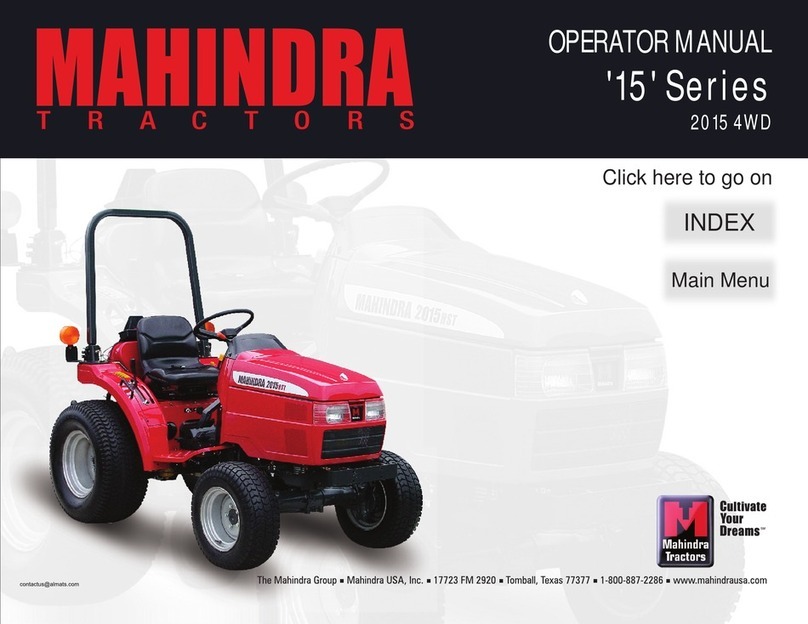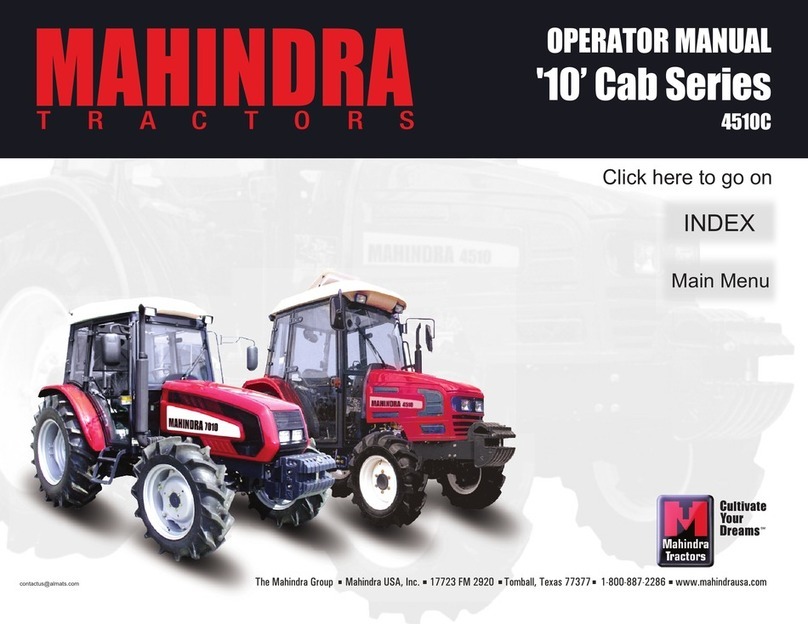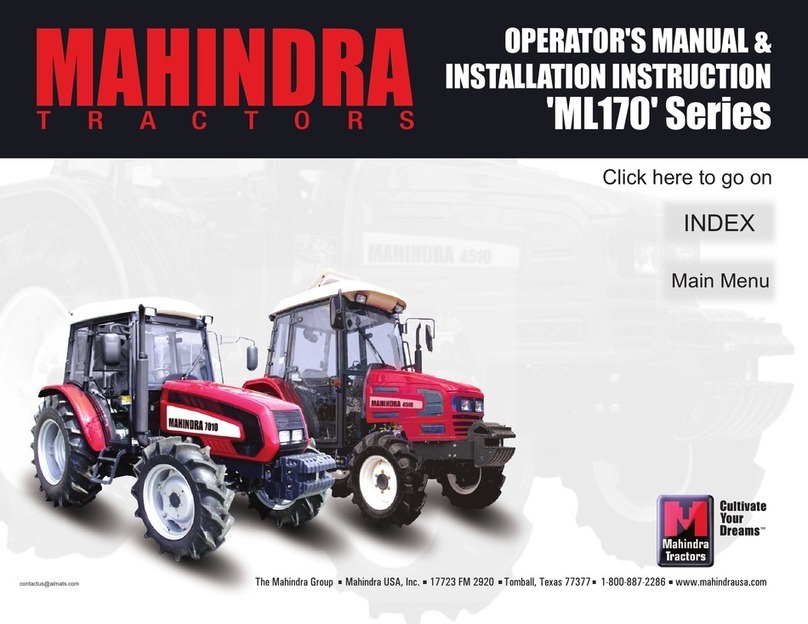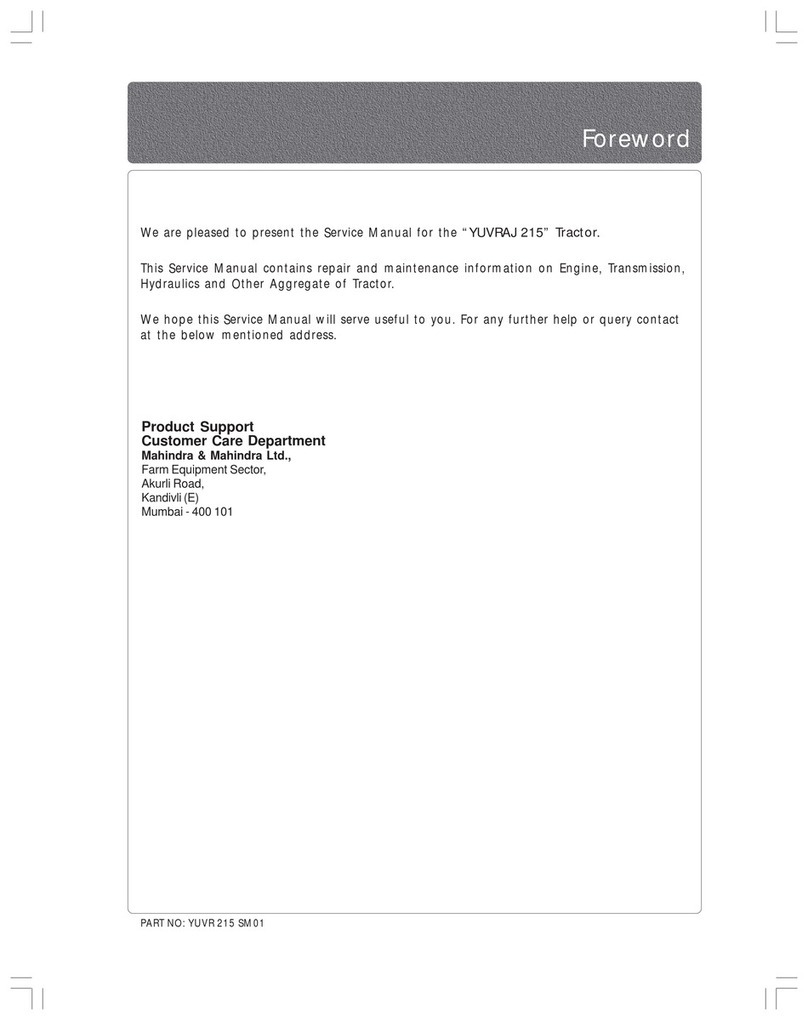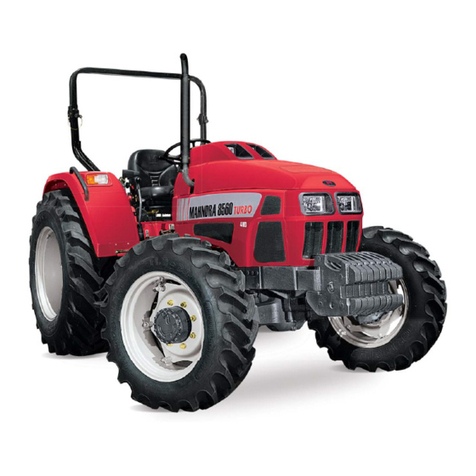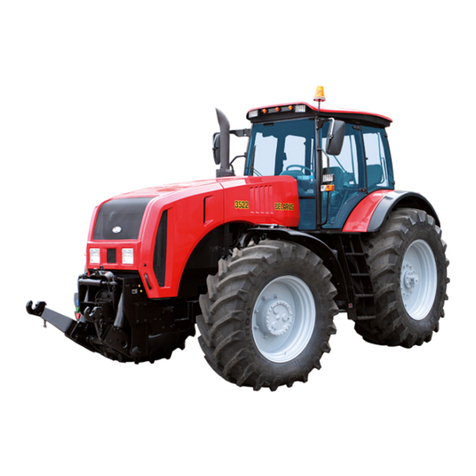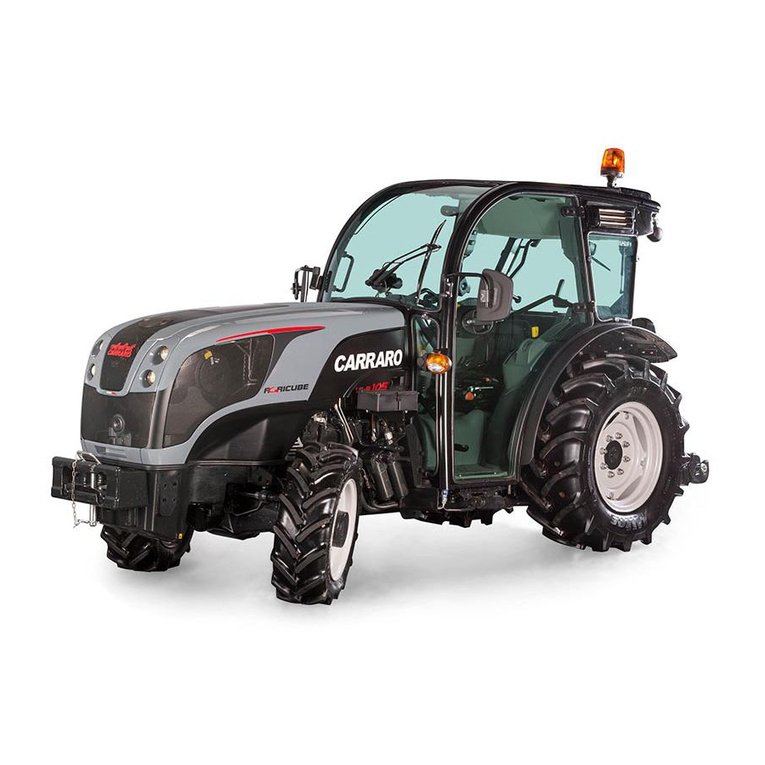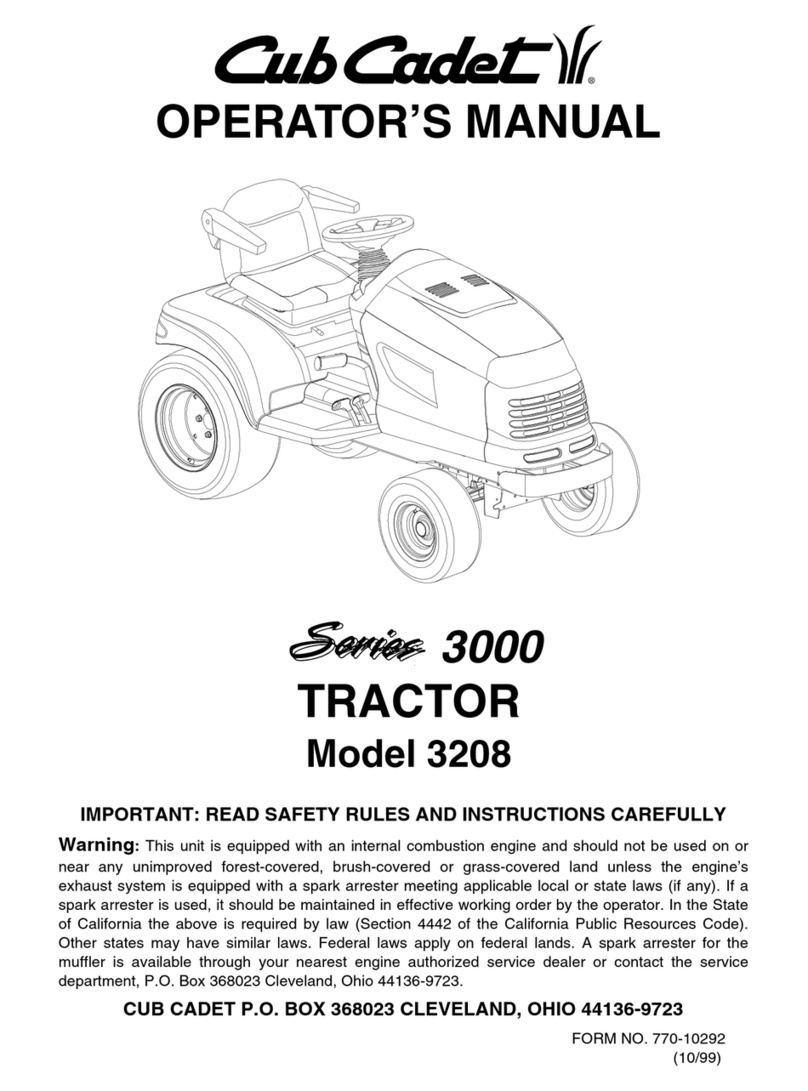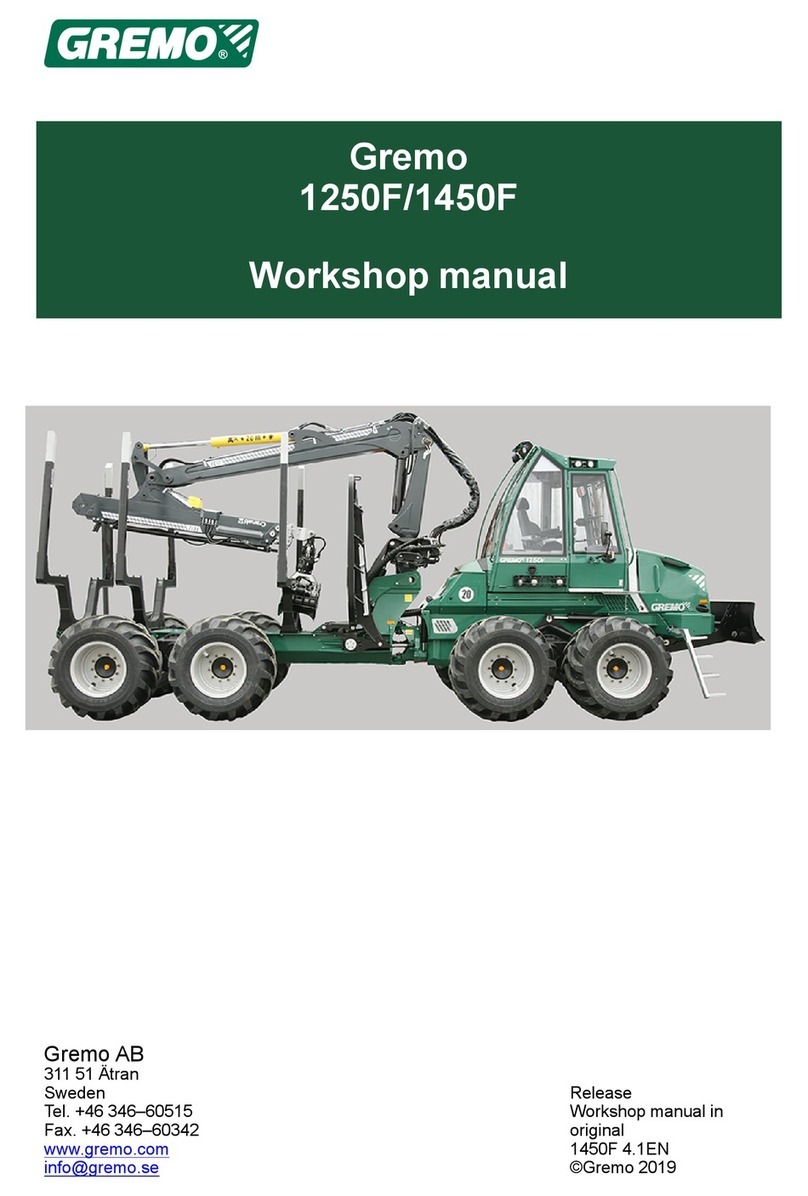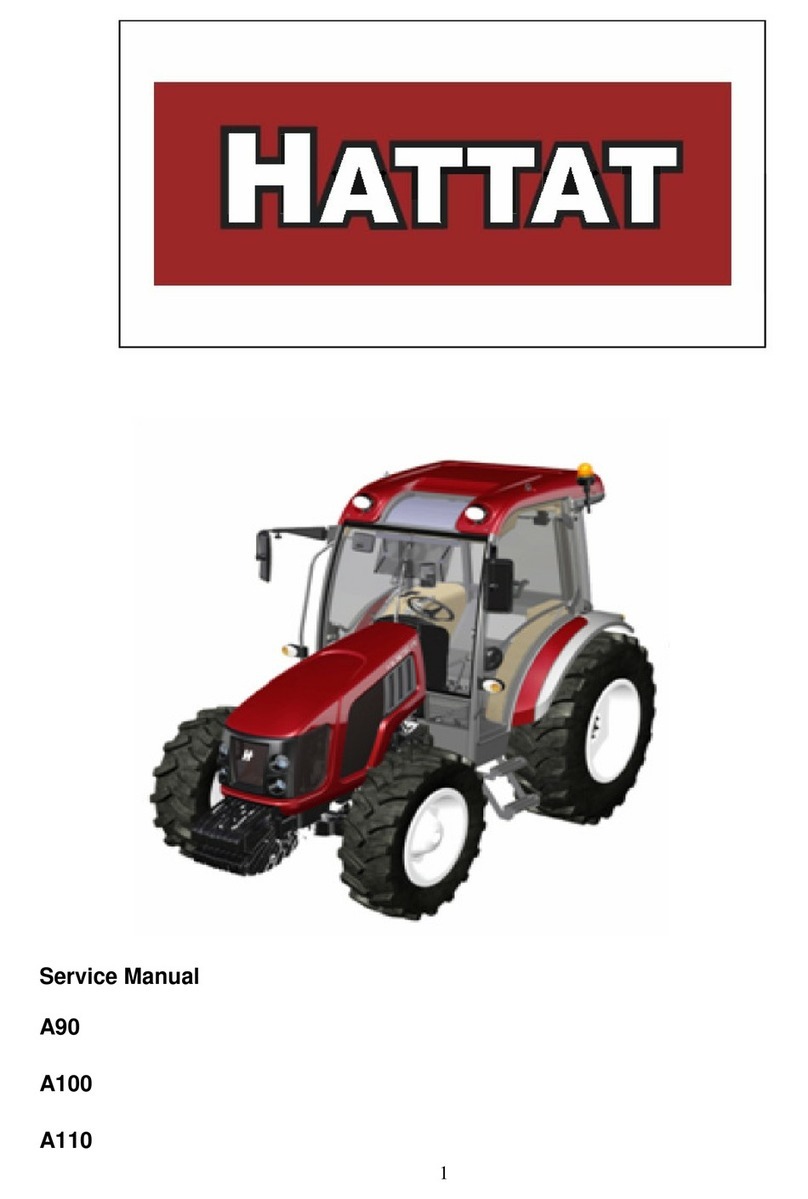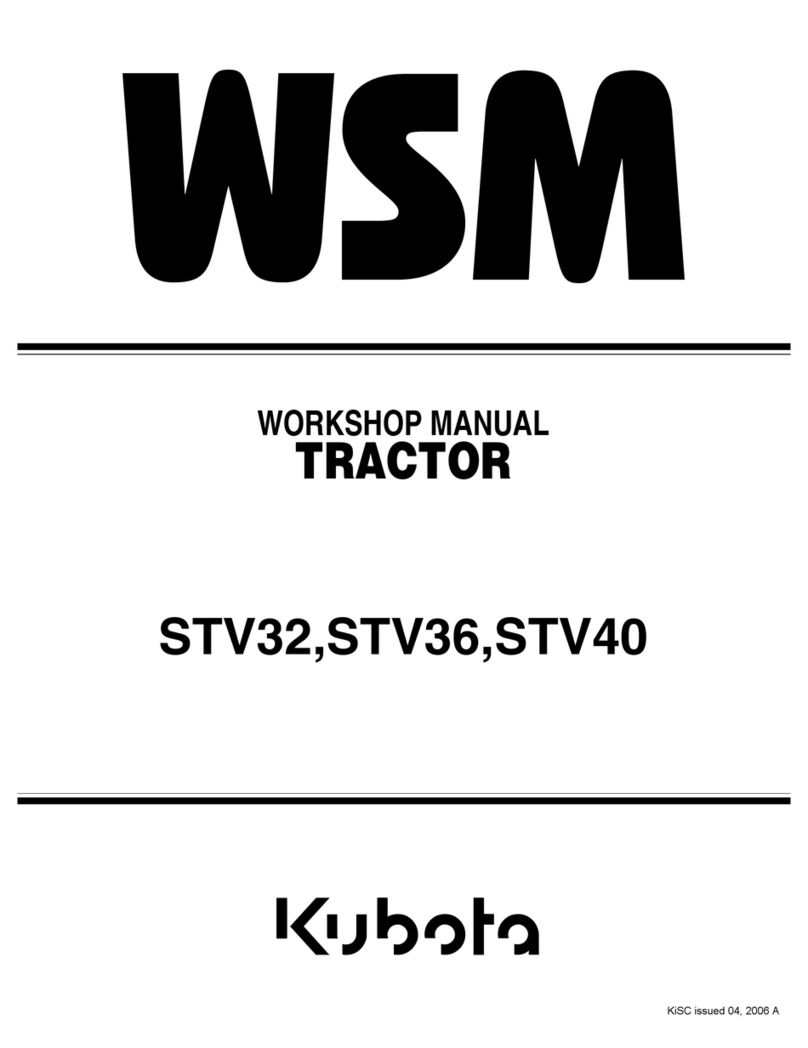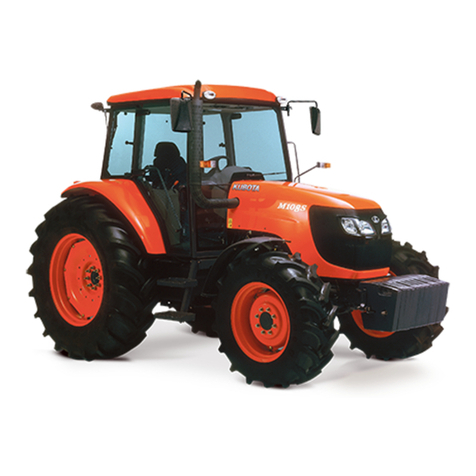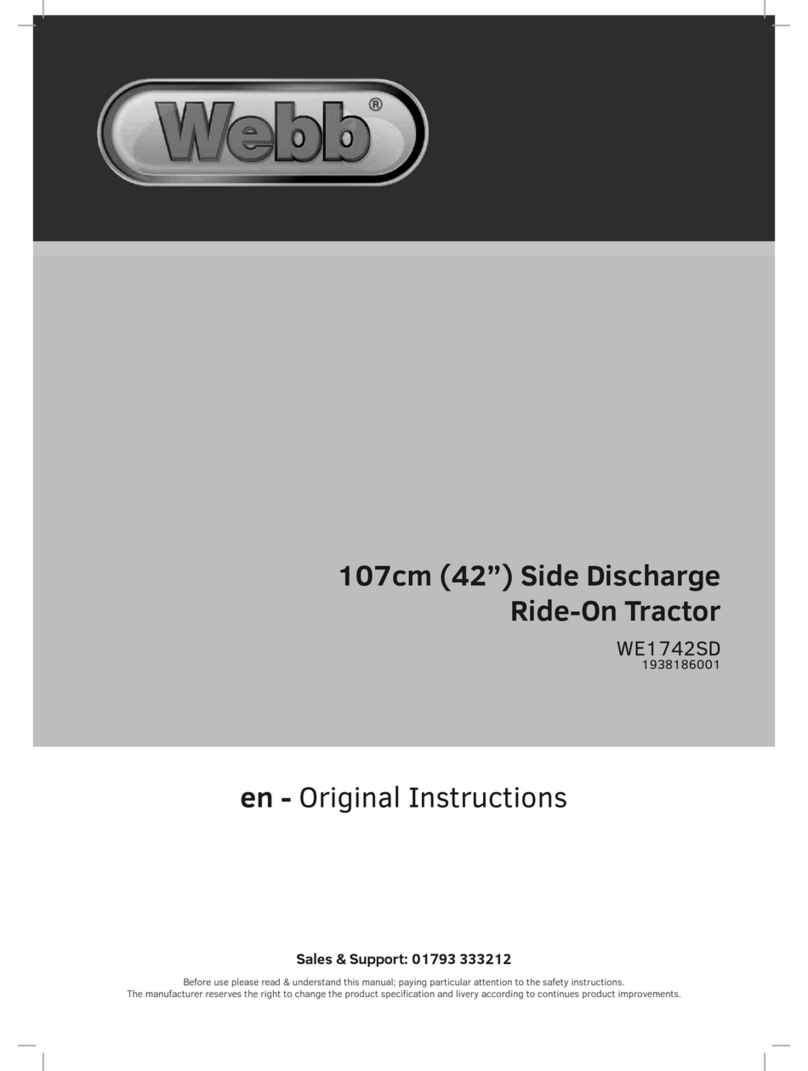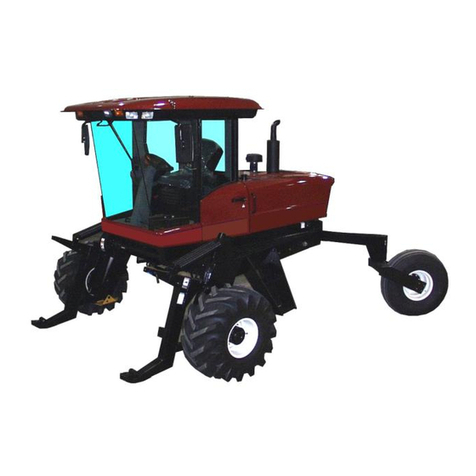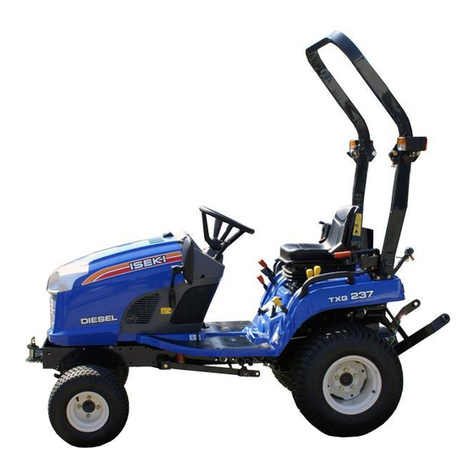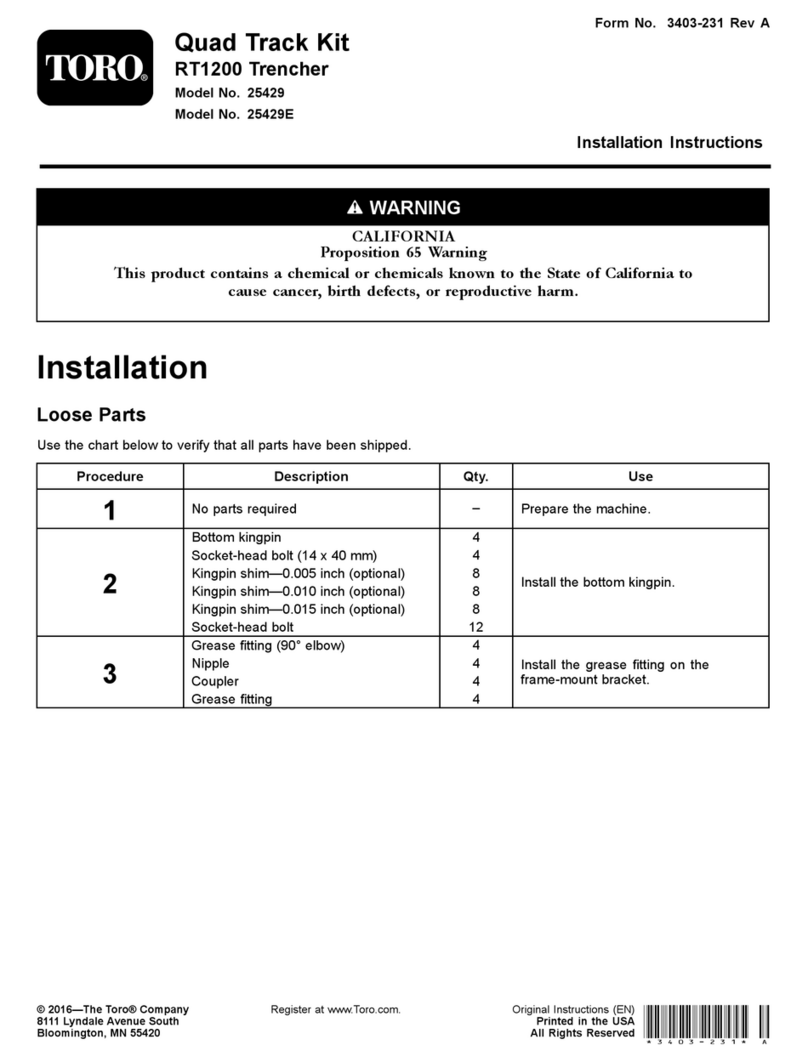
Introduction & Description
►TRACTOR AN INTRODUCTION
The word, “Tractor” was been derived from “Traction” which means pulling.
A tractor is required to pull or haul equipment, an implement or trolley which are coupled to the
.
A tractor can also be used as a prime mover as it has a power outlet source, called the Power Take
or PTO shaft.
In this book, the operating, maintenance and storage instructions for all models of Mahindra Diesel
tractors have been complied.
This material has been prepared in detail to help you in the better understanding of the maintenance
and efficient operation of the machine.
If you need any information not given in this manual, or require the services of a trained mechanic,
please get in touch with the Mahindra dealer/distributor in your locality.
Dealer/distributors are kept informed of the latest methods of servicing tractors. They stock genuine
spare parts and are backed by the Company’s full support.
Through this manual, the use of the terms
LEFT, RIGHT, FRONT and REAR must be
understood, to avoid any confusion when
following the introductions.
The LEFT and RIGHT means the left and right sides
of the tractor when facing forward in the driver’s
Seat.
Reference to the FRONT indicates the
radiator end of the tractor, while the REAR,
indicates the drawbar end (illustration B).
When spare parts are required, always specify
the tractor and engine serial number when
ordering these part. (See illustration A).
This will facilitate a faster delivery and help ensure
that the correct parts for your particular
tractor are received.
The tractor serial number is punched on a plate
attached to the left hand side of the engine body
(illust. A).
For easy reference, we suggest that you write the
number in the space provided in the owner’s personal
data.
illustration A
( Front, Rear, Left, Right Portion)
5
